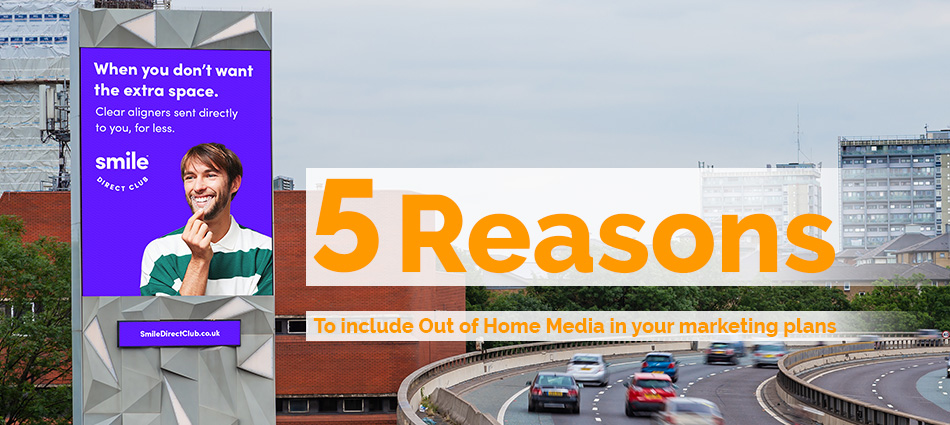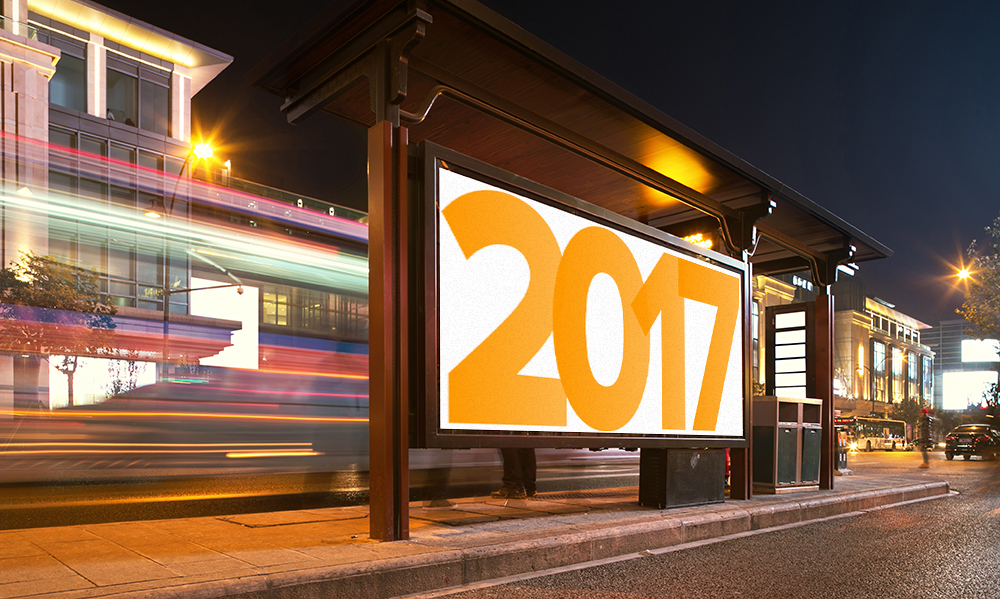Building a comprehensive, multi-channel media plan can be a challenge. Finding a mix of channels that build on each other to reach your audience where they spend their time is crucial. In this guide, we’ll examine just how Out of Home media can work together, alongside your other channels, to tell a deeper brand story and effectively get your message across to core audiences. In Part 2 of our “Out of Home: 101” series, we will explain the 5 reasons why you should include Out of Home as a crucial part of your overall media plan.
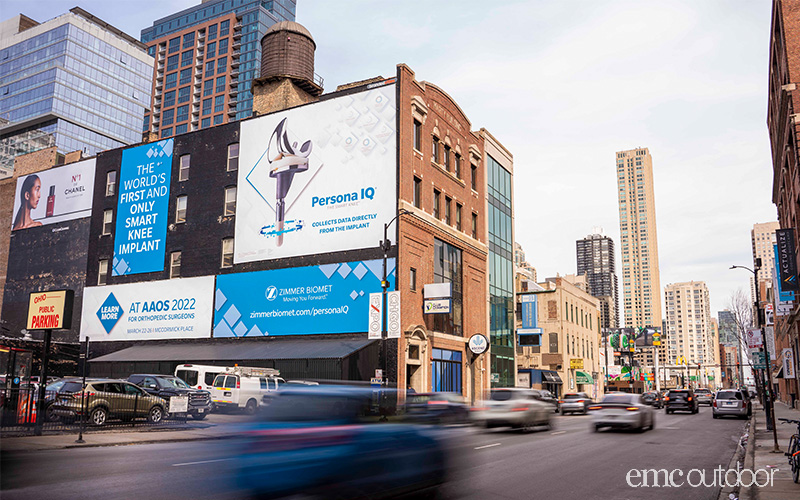
Reason #1: Out of Home Reaches Audiences
Make no mistake: Out of Home media is one of the most ubiquitous marketing channels available. There is a large amount and variety of media available, and it reaches audiences in a host of different locations. Unlike other formats, confined to a single channel, OOH can reach audiences everywhere, from their daily work commute to shopping and recreational activities. According to the 2019 Nielsen survey of Out of Home Media:
- 56% of Americans travel in a vehicle for more than 2 hours on an average weekday, 88% for more than one hour
- 90% of Americans age 16 or older noticed some form of out-of-home advertising in the past month
- 80% have seen some form of OOH in the last week
This means that there is a large window of opportunity to reach consumers with OOH media and that they actually see it. Different types of OOH media can work at various sales funnel stages, but another reason to include OOH is because it excels in reaching audiences at scale.
Reason #2: Out of Home is Data-Driven
When most marketers think of data-driven tactics, digital channels tend to be top of mind. This is easy to understand. The ability to tie a click to a sale can seem very compelling, although it may not always paint the whole picture.
But in recent years, Out of Home media has made significant strides in planning data and attribution capabilities. The ability to plan OOH against particular detailed audiences and their location within a market means that OOH can now be highly focused on delivering key audiences and providing scale.

The measurability of OOH efforts depends in large part on a few core technological advances:
- Mobile Device IDs allow brands to track movement data, especially considering that 85% of U.S. adults now own a smartphone.
- Geofencing and Geopath insights can lead to important information about your audience that enables better behavioral targeting.
- Cross-platform conversions enable marketers to track how their Out of Home efforts may influence the success of other marketing channels.
This type of data becomes crucial for marketers looking to justify their channel mix or simply trying their best to optimize their marketing plans for long-term success. The new data-driven nature of OOH is another compelling reason to include Out of Home in your marketing plan.
Reason #3: Out of Home is Cost-Effective
When comparing OOH with other media channels, the CPM for Out of Home compares very favorably. Particularly when we consider that it cannot be skipped, blocked, or avoided and is often in an environment with lower ad clutter than other channels. Much like the question of data-driven planning, any preconceptions about Out of Home media being expensive tend to be outdated.
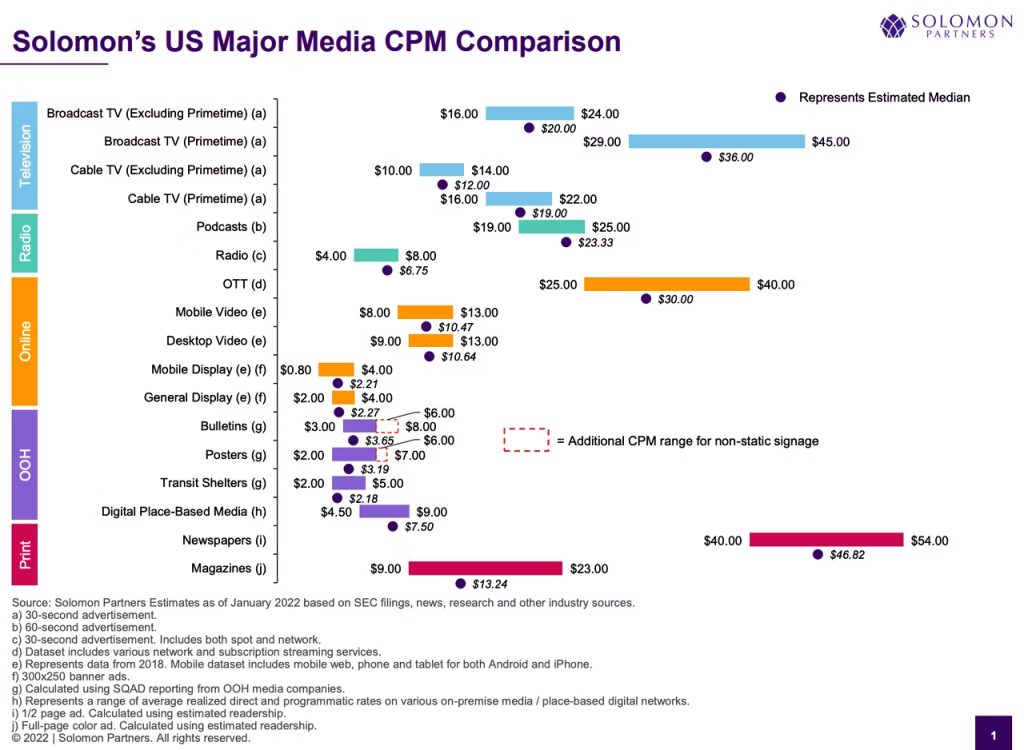
Then add that OOH excels at driving both the real world and online behavior. We begin to see how a comparatively small investment (when we look at the %s dedicated to online, etc.) can dramatically affect your media plan. According to a 2020 Warc/Posterscope study, consumers who view Out of Home ads are:
- 46% more likely to engage in an in-store visit.
- 28% more likely to make an in-store purchase.
- 53% more likely to search for a brand online.
- 56 % more likely to make an online purchase.
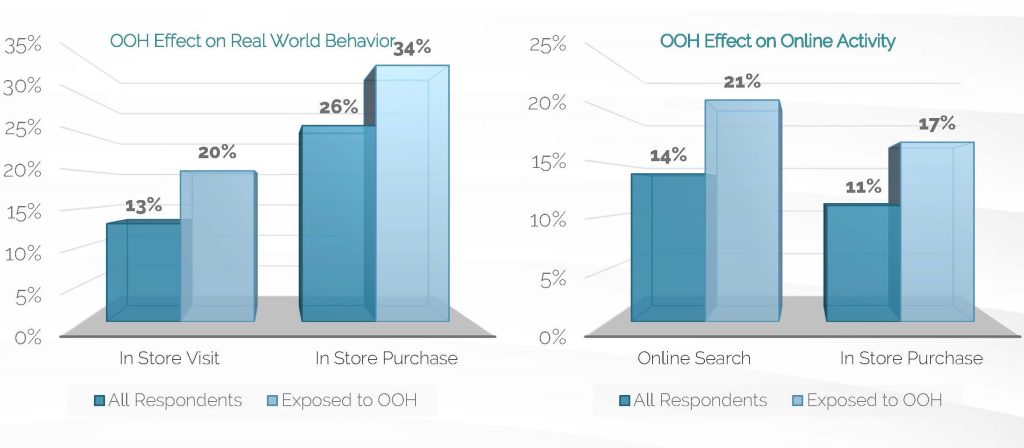
For marketers, the ability to greatly improve the performance of a campaign with relatively low-cost media is an excellent reason to include Out of Home in any media plan.
Reason #4: Out of Home Has a Variety of Formats
Ask most people, even marketers, “what is Out of Home media,” and the answer you will get from the majority is “billboards.” And while that is undoubtedly true, it overlooks a few hundred other options.
From the obvious bulletins and posters to transit and commuter rail, to lifestyle media like gas stations, grocery stores, and salons, to more one-to-one options like door hangers and pizza boxes, to the sky-is-the limit world of experiential activations, the full palette of Out of Home media is incredibly diverse, vibrant, and multi-purpose. The key thing about all these different formats, which makes OOH so valuable, is their ability to intersect with consumers at different parts of their daily lives and in very different ways.
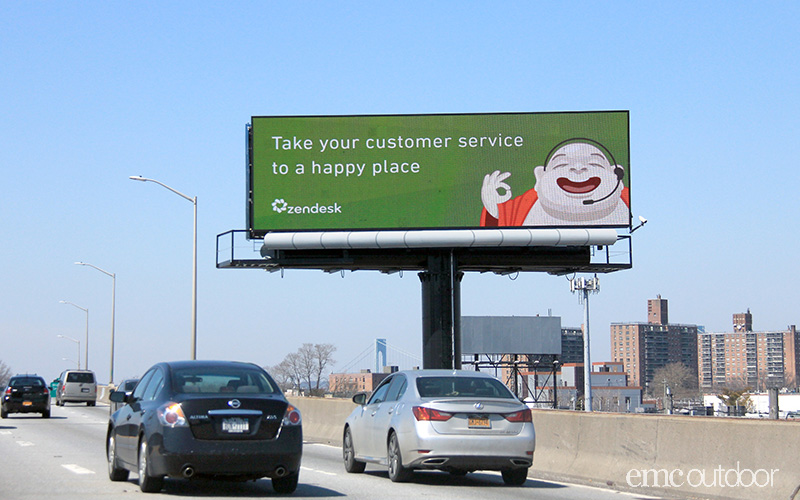
Think of it this way. Most marketers will typically associate OOH media with top-of-funnel, brand awareness activities. But when we take a closer look, we can see that the variety of formats and environments allows marketers to deploy tactics and messaging that can support all the stages of their sales funnel. Bulletins can drive awareness with extensive reach and strong impressions. Transit interiors and platform posters provide longer dwell times and the chance for longer messages. Lifestyle media and experiential activations create the opportunity for hands-on, personal interactions.
Reason #5: Out of Home Integrates With Other Media
Finally, it’s impossible to overstate how well OOH integrates with other media that are part of your marketing mix. Modern campaigns integrate both physical and digital channels, amplifying the effectiveness of the entire marketing strategy.
Studies continue to show the amplification effect that Out of Home has on other channels:
- OOH increases the effectiveness of TV by about 33%.
- OOH increases the effectiveness of digital campaigns by about 17%.
- OOH increases the effectiveness of radio by about 14%.
- OOH increases the effectiveness of print ads by about 17%.
- 91% of Gen Z and 82% of millennials would share an OOH ad they like on social media.
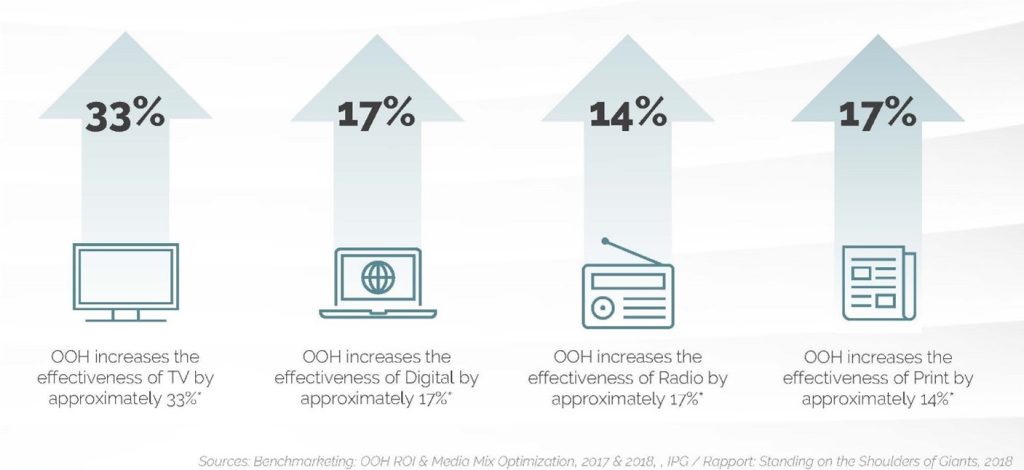
OOH is a perfect bridge between your digital and traditional media strategies. It tends to do the heavy lifting of awareness and recall in your more extensive media mix, allowing other channels to bring home the conversions.
Creating a More Comprehensive Media Plan With OOH
Add it all together, and you have a tailor-made marketing channel to play a central role in your larger strategy. Especially when integrated with other channels and set up for measurement success, out of home media can bring in significant ROI.
Given all the reasons to include of Out of Home, there’s a reason why top-performing companies include it in their marketing plans. There are so many ways that Out of Home can work for you, and there’s no shortage of opportunities! With a complete understanding of the what and why of OOH efforts out of the way, let’s talk about the how. Join us next time for the third part of our series, where we discuss how you can plan out your out of home media.

